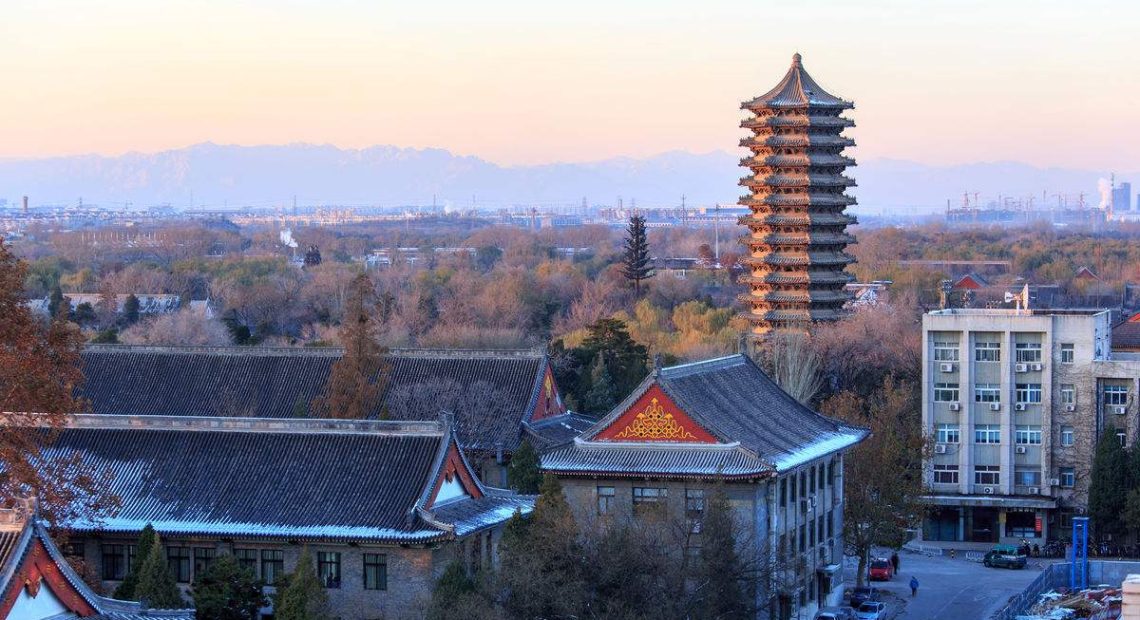Top 7 Asian Universities for Nigerians, International Students


As global education trends shift and more students look beyond the traditional Western destinations, Asia is becoming a top choice for those seeking quality education at globally ranked institutions. For Nigerian and other international students looking for strong academic programs, affordable tuition, and vibrant multicultural environments, several Asian universities offer excellent opportunities.
According to the QS World University Rankings: Asia 2025, the leading seven universities across the continent include Peking University, the University of Hong Kong, the National University of Singapore, Nanyang Technological University, Fudan University, Tsinghua University, and the Chinese University of Hong Kong.
Peking University—China
Founded in 1898, Peking University is a state-owned university located in the Haidian District, to the west of Beijing, China’s capital. It adopted its current name in 1912.
The university is placed at number 31 among the Best Global Universities. Students, both at undergraduate and postgraduate levels, can access campus accommodation. However, international students pay higher tuition, with costs differing based on the area of study, especially for science-related fields.
The University of Hong Kong—Hong Kong SAR
This institution is a publicly funded research university located in Pokfulam, Hong Kong. It originated in 1887 as the Hong Kong College of Medicine for Chinese under the London Missionary Society and officially became the University of Hong Kong in 1911. It stands as Hong Kong’s earliest tertiary educational institution.
In the Times Higher Education World University Rankings 2025, it holds the 35th position. The school was originally proposed by Governor Sir Frederick Lugard as part of a strategy to compete with other global powers setting up universities in China.
Today, the university features 10 faculties and 20 student halls and colleges, with English serving as the primary teaching and evaluation language.
National University of Singapore (NUS)—Singapore
NUS is a public research university that officially came into existence in 1980 after a merger between the University of Singapore and Nanyang University.
Ranked 22 in Best Global Universities, NUS began in 1905 as a small medical college serving just 23 students. The founding was driven by a group of business leaders led by Tan Jiak Kim, who aimed to meet the healthcare needs of the local population.
Over a century later, NUS has grown into Singapore’s top national university, consistently serving both national and societal interests.
Nanyang Technological University (NTU)—Singapore
NTU is another prestigious research university located in Singapore. It was established in 1981 and is the second oldest self-governing university in the country.
Currently ranked 27 in Best Global Universities, NTU is renowned for hosting prominent institutions such as the National Institute of Education, S. Rajaratnam School of International Studies, and Singapore Centre for Environmental Life Sciences Engineering, in addition to various key research centers.
Fudan University—China
Based in Shanghai, Fudan University is a major public university funded by both China’s Ministry of Education and the Shanghai local government.
The university is part of China’s Project 211, Project 985, and the Double First-Class initiative. In 1917, it transitioned into a private institution and introduced departments such as Chinese and foreign literature, banking, administration, economics, politics, civil engineering, and psychology.
By 1921, the preparatory level was discontinued, and the university began applying a U.S.-style credit and elective system as per a nationwide directive.
In 1928, it gained official registration with the Ministry of Education under the Nationalist government. A year later, it reorganized into four core faculties: Liberal Arts, Science, Law, and Commerce. During the 1937 Sino-Japanese War, it relocated to Chongqing.
Tsinghua University—China
Located in the northwestern part of Beijing, Tsinghua University is a public higher education institution established in 1911. The main language used in classes is Chinese, though several graduate programs are delivered in English.
Examples of English-taught master’s degrees include Chinese politics, foreign policy, international relations, mechanical engineering, and global business journalism. Tuition fees vary depending on the program and language of instruction.
Students from more than 100 countries attend Tsinghua, with most coming from Asia. Of the international student body, 41 percent are undergraduates, 29 percent are in master’s programs, nine percent are pursuing doctorates, and the remainder are involved in short-term courses.
Tsinghua is placed 16th in the Best Global Universities ranking. It has multiple departments and schools offering programs across many fields, including science, engineering, humanities, philosophy, law, economics, arts, education, management, history, and medicine.
Undergraduate students can choose from over 70 degree programs, with even more options available at the master’s and doctoral levels. The university also houses over 300 research institutes.
The Chinese University of Hong Kong (CUHK)—Hong Kong SAR
Established in 1963 through the unification of three existing colleges—Chung Chi College, New Asia College, and United College—CUHK is the second-oldest university in Hong Kong, following The University of Hong Kong.
The university is ranked 42nd in Best Global Universities. CUHK is a research-focused institution with academic offerings structured into eight faculties: Arts, Business Administration, Education, Engineering, Law, Medicine, Science, and Social Science.









